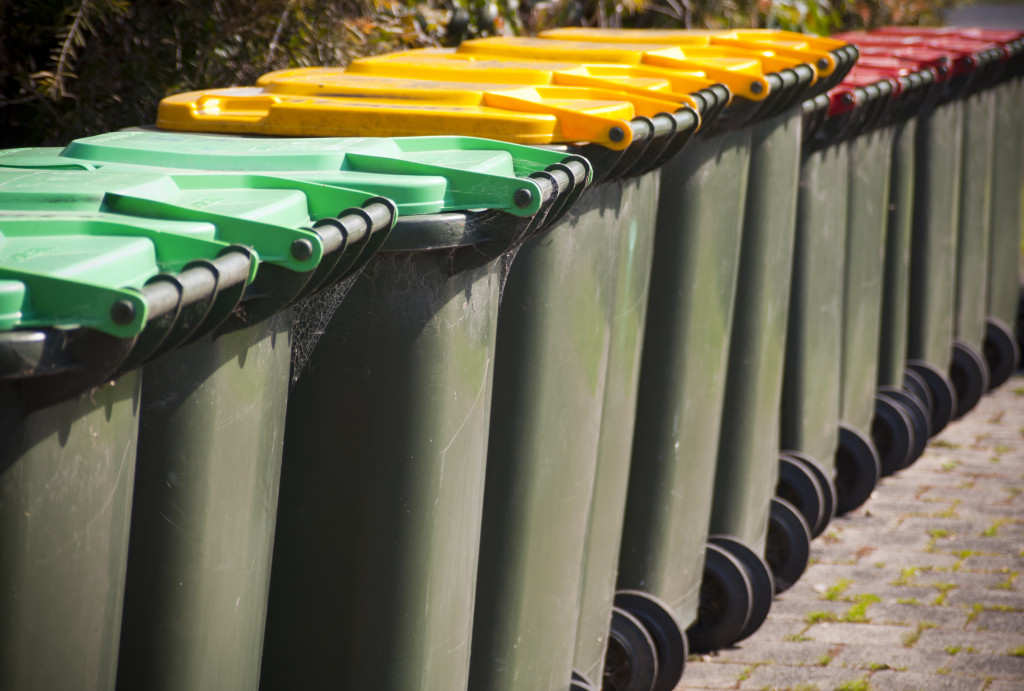Businesses are working day-in and day-out to produce results and products for clients and customers. To create these products and services, a business organization will need to have a workforce that can generate man workstations and machinery. But other than having employees, raw materials are required to help manufacture some products and provide services to customers.
However, the problem with businesses that are “growing” in terms of the workforce and ramping up daily operations can produce waste. Not only does waste harm much of the environment, but this can tarnish a company’s reputation, especially in the public’s eyes. That said, reducing waste will not only make it easier to produce goods, but this will help save money in the long-run.
Most corporations are also quite keen on their corporate social responsibility (CSR) score since this shows that companies and businesses are willing to contribute back to their society and have more philanthropic ideals company visions. Effectively reducing waste is an excellent way of CSR rating.
Contrary to what most people think, waste isn’t just; an “isolated case” since it has cultural roots. Each person in the United States and other first world countries will produce around 3 – 4 pounds of waste every day. This is twice the amount of waste that most individuals produce in other countries.
So what’s a great way of cultivating a culture of cleanliness at the workplace? What are some effective strategies that can help with effectively decreasing waste? Here’s what you’ll need to know.
Reviewing Waste Disposal Protocols

First and foremost, it’s important to take a step back and review daily operations when it comes to reviewing waste disposal protocols. You might want to ask yourself and the waste disposal services that you’re working with the following questions:
- Which parts of the building will usually have bins that are usually full?
- Is there a need for more bins in a particular area?
- What can be done when it comes to non-biodegradable waste?
- Is everyone efficiently throwing out their garbage?
These are just some questions that you’ll need to ask. Being able to get to the root of the problem can help formulate protocols for waste disposal.
It’s important to note that composting containers will usually cost less and will cut down on time in disposing of garbage compared to containers bound for landfills. You might want to strategically place signages and posters in different high-visibility areas in the workplace so that everyone can see.
You’ll also need to evaluate compactors and dumpsters’ contents to comprehensively learn what type of products your employees will usually buy and use. Recycling products tend to lessen the frequency of waste being picked up for landfills, which can help you save money in the long-term.
If waste is not managed correctly and disposed of in your surrounding area, there’s a good chance that this could backfire. For instance, waste in the form of garbage and solid pollutants can clog up sewer pipes, and storm drains in your area. This can often lead to flooding as water won’t be able to pass towards the proper drainage system. This is especially true when certain types of wastes, such as plastic and plant matter, can cause significant clogging.
Fortunately, there are SWPPP inspection services that can help form a comprehensive plan in ensuring that your building and your surrounding’s storm drainage and sewer systems are in good condition.
Turning Waste Into Compost
Since organic waste will usually take up a good percentage of waste from various workplaces, this can be recycled for use in different sectors. Most businesses will implement a composting program, which helps remove waste disposal fees and serves as a valuable resource for farm-related companies.
There are already hundreds of businesses using this waste management model since this can




